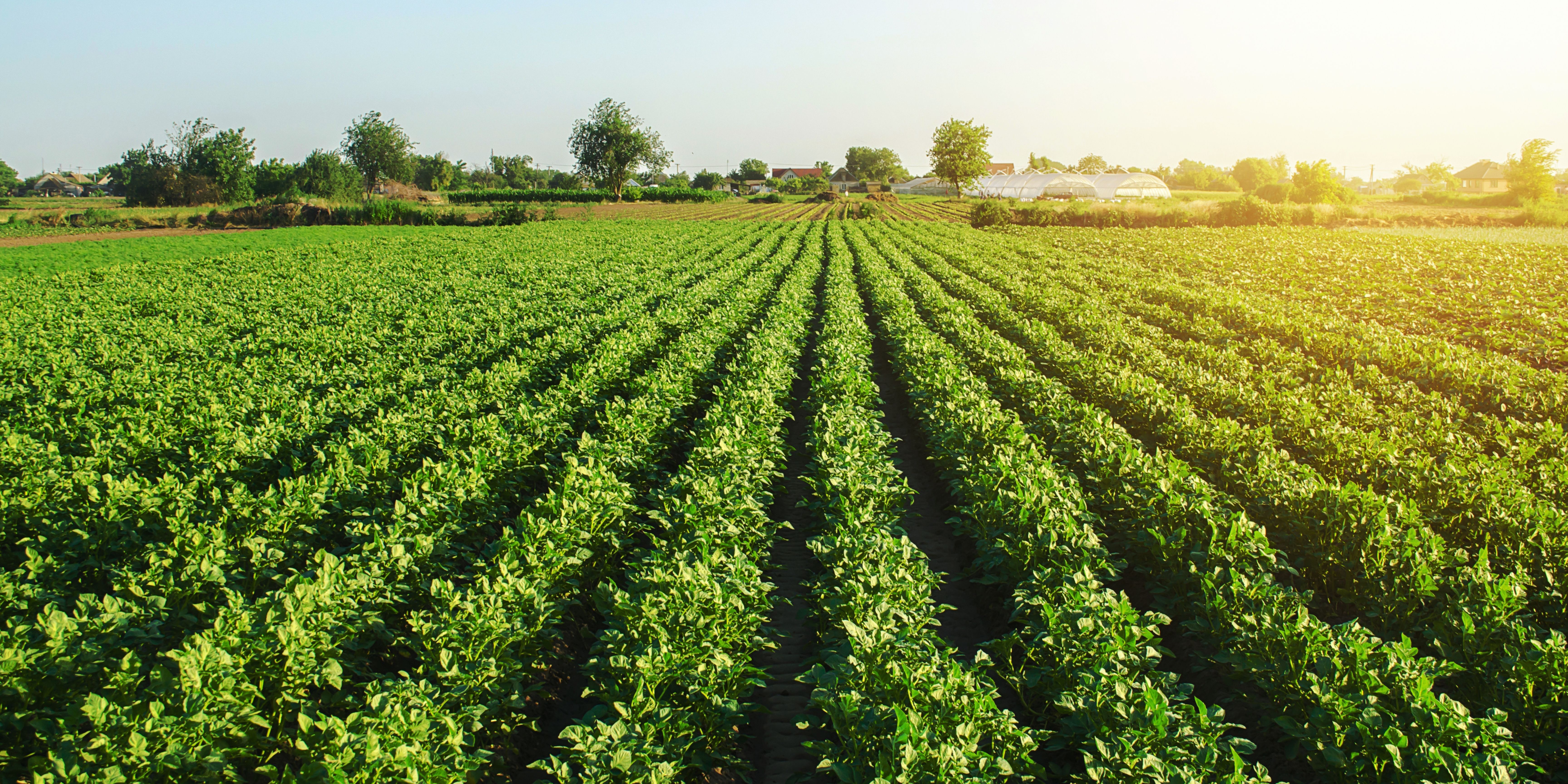Written by Firland - 3 Minutes reading time
A Vital Food Source After a Catastrophe – Overlooked Plant Could Help Reduce Food Insecurity

The rapidly expanding aquatic fern possesses the nutritional profile necessary to act as a crucial food source in post-disaster scenarios and could be relevant now.
An often-overlooked water plant that can double its biomass in two days, capture nitrogen from the air — making it a valuable green fertiliser — and be fed to poultry and livestock could serve as life-saving food for humans in the event of a catastrophe or disaster, a new study led by Penn State researchers suggests.
Native to the eastern U.S., the plant, azolla caroliniana Willd — commonly known as Carolina azolla — also could ease food insecurity in the near future, according to findings recently published in Food Science & Nutrition. The researchers found that the Carolina strain of azolla is more digestible and nutritious for humans than azolla varieties that grow in the wild and also are cultivated in Asia and Africa for livestock feed.
Research Findings and Cooking Methods
The study, which was led by Daniel Winstead, a research assistant in the labs of Michael Jacobson, professor of ecosystem science and management, and Francesco Di Gioia, assistant professor of vegetable crop science, is part of a larger interdisciplinary research project called Food Resilience in the Face of Catastrophic Global Events conducted in the College of Agricultural Sciences.
“Other species of azolla have been used across the world for several thousand years as a livestock feed and as ‘green manure’ to fertilise crops because of the plant’s ability to fix nitrogen,” Jacobson said. “The use of azolla for human consumption was thought to be limited by its high total polyphenolic content, which interferes with its digestibility. But this research demonstrates that the phenolic content of the Carolina strain is much lower, and cooking the plant diminishes it further.”
Polyphenols, which are naturally abundant compounds found in plants, at lower concentrations are beneficial to human health because of their antioxidant activity, however, high concentrations of polyphenols can limit nutrient absorption in the body and act as antinutritional factors, Jacobson explained. Gallic acid is a stable phenol and has become a standard measurement to determine phenol content in food.
The Nutritional Value and Cultivation Potential of Carolina Azolla
In the study, Carolina azolla — which has been described as having a crisp texture and a neutral taste — was grown in a greenhouse located at Penn State’s University Park campus. The researchers determined that Carolina azolla has a total phenolic content of about 4.26 grams, gallic acid equivalents per kilogram dry weight.
This measurement compares with fruits, Winstead pointed out, which generally are between 1.4 and 6.2; beans at 1.2 to 6.6; and nuts, ranging from 0.5 to 19. By comparison, he added, other species of azolla that grow in Asia and Africa are between 20 and 69 grams, gallic acid equivalents per kilogram dry weight — too high for humans to digest comfortably.
Discover how we can help you and start improving your journey to success today, right here.
Also published on Scitechdaily.com
Want to stay informed about current Life Science and recruitment news on a regular base? Then register here for free.
